Call: (215) 822-3860
General Dentistry
Dental Exam
The secret to a bright, healthy smile is actually no secret at all: brush, floss and get a professional dental exam at least once every six months. Professional dental exams are all about prevention – preventing existing problems from getting worse and preventing dental problems from developing in the future. Regular dental exams make it possible to identify and treat a problem in its earliest stage – which is not only good for your oral health but also good for your budget!
There's nothing to fear with a dental exam. Your teeth will be visually examined for signs of plaque, tartar and tooth decay. Your gums will also be examined for puffiness or discoloration, which are signs of gum disease. A full set of dental X-rays may also be taken during your dental exam, to enable your dentist to see below the surfaces of your teeth. Dental exams typically end with a dental cleaning, to remove surface stains and buildup.
Dental X-Ray
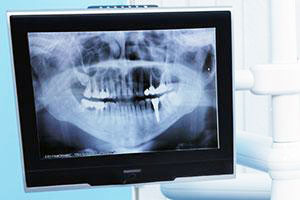
Teeth Cleaning
No matter how often you brush and floss, plaque and tartar deposits can still build up on your teeth. A professional teeth cleaning is the single most effective way to remove these deposits and prevent them from causing more serious problems in the future. While a traditional teeth cleaning involves manually scraping away these deposits with special dental tools, advances in dental technologies now give you more options for teeth cleanings.
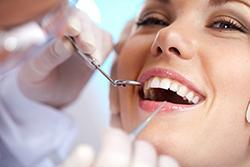
A deep cleaning may be recommended if excessive plaque and tartar deposits have developed below the gum line. Deep cleanings, also known as scaling and root planing, involve a two-part process: first, the stubborn deposits are removed, and then the root surfaces are smoothened. A deep cleaning helps prevent periodontal disease and restores gum tissues to a healthy state.
Cancer Detection
With early detection and timely treatment, deaths from oral cancer could be dramatically reduced. The five-year
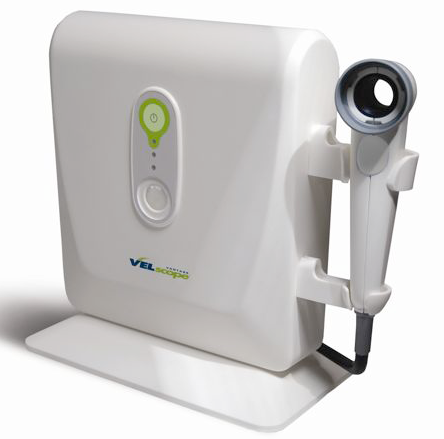
Oral Cancer occurs more often in those who use tobacco in any form including: cigarettes, chewing tobacco, pipes, and cigars; or those who consume large amounts of alcohol. But oral cancer can and does develop in people of all ages, races and lifestyle habits. Over 25% of oral cancers occur in people who do not smoke and who only drink alcohol socially. An oral lesion may be a persistent sore of irritation, a small, flat, red or white patch, or a growth, lump, thickening, rough spot, crust or irritated area. It is often painless, and you may not be aware of it. Because many oral lesions are flat, very small, or in an area of your mouth that you cannot see, they often only can be detected during an oral examination by your dentist.
White Fillings
If your silver fillings make you feel self conscious when you smile, or it's simply time to replace them, consider white fillings. White fillings are just as durable as they are attractive! Made of composite resin, white fillings match the natural color of your teeth and are an excellent option for small to mid-sized cavities. White fillings are strong, stain-resistant and require less removal of your tooth structure than amalgam fillings.
Dental Bridges
If you are missing one or more teeth and there is at least one good tooth on both sides of the space where the tooth/teeth is/are missing, one acceptable option for replacement is the fixed bridge. A fixed bridge is three porcelain crowns fused together designed to replace missing teeth in the most natural way possible. This procedure usually takes from two to three appointments to complete and is very similar to having a crown placed on a tooth. Click here for more information.
Dentures

A denture is an appliance that replaces the missing teeth in the mouth.Full dentures consist of upper and lower prosthetic teeth.The upper denture is held in place by a vacuum created by saliva that fills the area between your denture and the palate of your mouth. The lower denture is horseshoe-shaped to make room for the tongue and rests on the dental ridge and gums. Click here for more information.
Gum Disease Treatment
Red, swollen gums are a red flag for one thing: gum disease. If you have the symptoms, you're not alone. More than 80% of adults have some form of gum disease. Fortunately, there are many effective and pain-free gum disease treatments. For gingivitis, the mildest form of gum disease, treatment typically involves a thorough dental cleaning, followed by daily brushing and flossing. Advanced gum disease, also known as periodontal disease, requires scaling and root planing to remove stubborn deposits below the gum line. Laser gum surgery, a new alternative to scaling and root planing, uses beams of high-speed light to remove plaque and tartar buildup. If non-surgical methods of gum disease treatment are ineffective, a gingivectomy, or periodontal surgery, may be necessary.
Root Canals
Root canals get a bad wrap. But don't believe the rumors; the dreaded root canal isn't dreadful at all! Root canals are needed when either decay or an injury infects the inner tooth (the pulp). In the earliest stages of infection, you may not feel any pain at all. But when it progresses, you could have a toothache and swelling, or a dental abscess might form. Root canals remove the infection and prevent it from spreading. Thanks to laser root canals, this process is faster, more comfortable and, in many cases, more thorough than conventional root canals. Pulp capping is an alternative to root canals that are used when the infection has yet to penetrate the pulp. Pulp capping can also prevent a large dental filling from getting too close to the nerve.
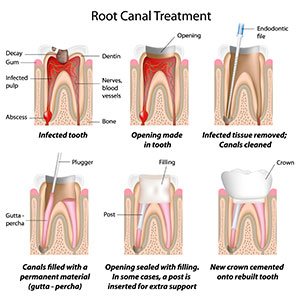
Sedation Dentistry
Are you afraid of the Dentist? Does the thought of going to the dentist make your hands sweat and your heart begin to race? You are not alone? We have many, many patients who avoided dentist for years due to dental fear. It doesn’t matter the origin of your dental fear, what does matter is that it is real. And if you don’t feel comfortable with your dentist you won’t go until the pain is unbearable. We welcome fearful patients in our office and we understand what they are going through. We have been trained in oral concious sedation and other techniques to help those patients overcome their fear and thus avoid the pain and embarrassment of a mouth that has gone unrepaired.
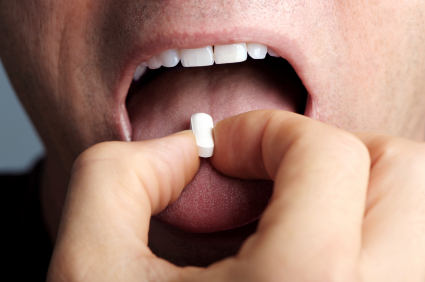
What is Dental Phobia You hear the word dentist, dental visit, cavity etc. and you cringe with fear, you are paralyzed by fear of the impending sounds, smells and atmosphere of the dental practice that it prohibits you from getting your necessary dental work completed. You don't go to the dentist because of these fears and end up with larger dental problems that could have been avoided if the fear factor was eliminated. How Can Dr. Skovron your Montgomeryville Sedation Dentist Help You? Dr. Skovron has taken extensive sedation dentistry training, this is a form of dentistry that allows Dr. Skovron to perform dental work while you are sedated. This allows you to get the necessary dental work completed without the usual fear you may have encountered in the past. After the sedative wears off you won't remember your dental visit and your necessary dental work will have been completed. The best way to learn more about our dental fear services is to contact your Montgomeryville sedation dentist Dr. Skovron today to book a consultation.
Pediatric Dentistry

